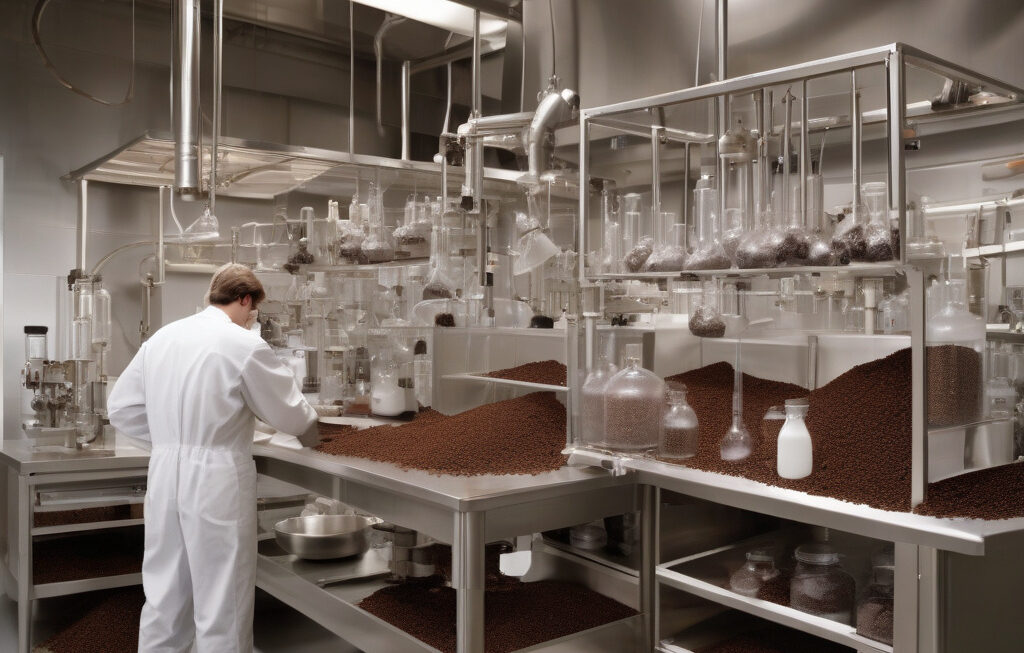Common Clay Could Be the Cheapest-Ever Way to Capture CO₂, Say US Scientists
A group of scientists from Purdue University and Sandia National Laboratories has made a surprising discovery that could revolutionize the way we capture carbon dioxide emissions. By utilizing common clay, a material that is abundant and inexpensive, these researchers have found a potentially game-changing solution to combat climate change.
The traditional methods of capturing CO₂ emissions involve complex technologies that are often costly and energy-intensive. However, the use of clay offers a simple yet effective alternative. The researchers have found that certain types of clay minerals have a natural affinity for CO₂, making them ideal for capturing and storing this greenhouse gas.
One of the key advantages of using clay for carbon capture is its widespread availability. Clay deposits can be found in various regions around the world, which means that this technology could be easily accessible on a global scale. This accessibility could make it a more cost-effective solution compared to other carbon capture methods.
In addition to being cost-effective, clay-based carbon capture also has environmental benefits. Unlike other carbon capture technologies that require the use of chemicals or solvents, clay is a natural material that does not pose any environmental risks. This makes it a more sustainable option for reducing CO₂ emissions.
The process of capturing CO₂ with clay is relatively straightforward. The clay minerals are exposed to flue gas, such as that produced by power plants or industrial facilities, where they naturally absorb the CO₂. Once saturated, the clay can be heated to release the CO₂, which can then be stored underground or utilized for other purposes.
While the concept of using clay for carbon capture is still in the early stages of development, the potential benefits are significant. Not only could this technology help to reduce greenhouse gas emissions, but it could also open up new opportunities for carbon utilization and storage.
For example, the captured CO₂ could be used to produce valuable products such as plastics, concrete, or even biofuels. This would not only help to offset the costs of carbon capture but also create a new revenue stream for industries looking to reduce their environmental impact.
Furthermore, the storage of CO₂ in clay formations underground could provide a long-term solution for reducing atmospheric carbon levels. By securely storing captured CO₂ underground, we could help to mitigate the effects of climate change and move towards a more sustainable future.
As we continue to explore innovative solutions for combating climate change, the use of common clay for carbon capture holds great promise. Its affordability, abundance, and environmental benefits make it a compelling option for industries looking to reduce their carbon footprint.
In conclusion, the discovery made by the scientists from Purdue University and Sandia National Laboratories highlights the potential of common clay as the cheapest-ever way to capture CO₂. With further research and development, this technology could play a crucial role in addressing climate change and building a more sustainable world.
carboncapture, claytechnology, sustainablefuture, climatechange, innovative solutions












